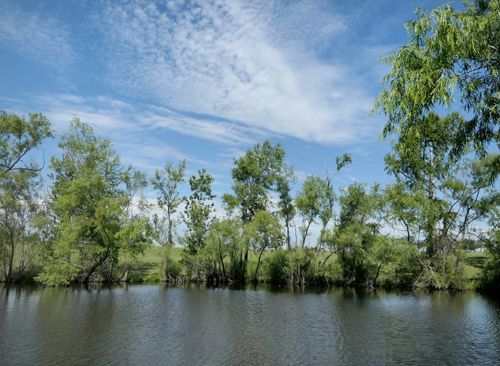
One of the ponds in the park
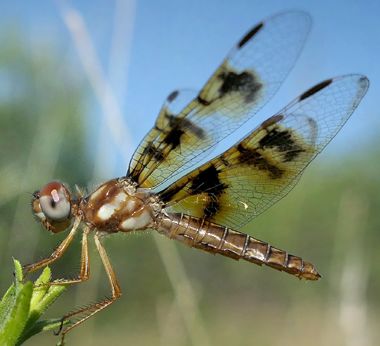
Perithemis tenera (eastern amberwing, female)
| This dragonfly, our smallest species at less than 1 inch long, is a wasp mimic. It tends to spend a lot of time perched and often flies quite low to the ground. While the female has spotted wings, the male's really are amber-colored. |
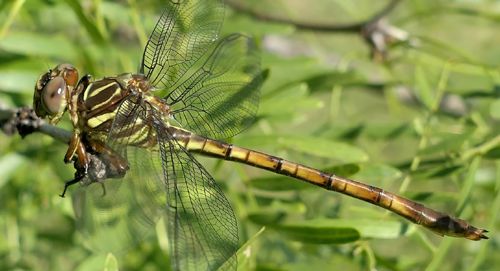
Aphylla angustifolia (broad-striped forceptail, female)
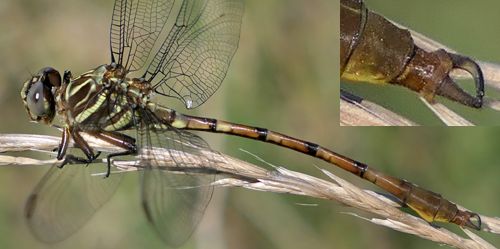
Aphylla angustifolia (broad-striped forceptail, male)
| Many dragonflies are dimorphic: the males being colored quite differently from the females. That's certainly not the case with the two shown above. The most obvious differentiation is at the rear end where the male's claspers provide the basis for the common name. |
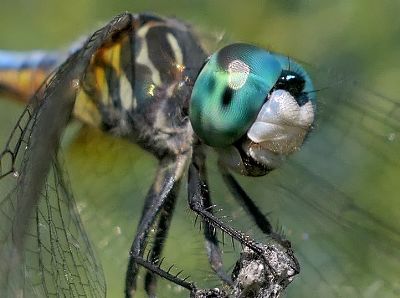
Pachydiplax longipennis (blue dasher, male)

Ischnura ramburii (Rambur's forktail, female)
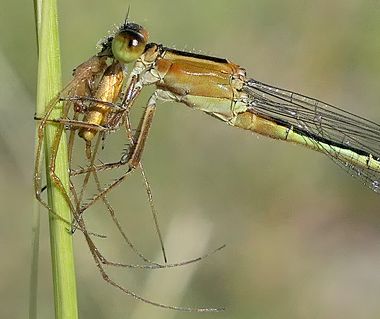
Ischnura ramburii & Tetragnatha laboriosa
(Rambur's forktail, female, eating silver longjawed orbweaver)
| The females of this species sport several different color forms. Shown above are the red and olive green versions, but some are patterned just like males. Damselflies are far more slender and delicate than their cousins, the dragonflies, but they are still predators, albeit of slower prey. |

Verbena brasiliensis (Brazilian vervain)
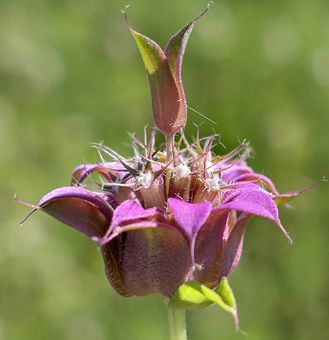
Monarda citriodora (purple horsemint)
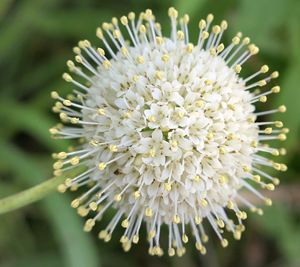
Cephalanthus occidentalis (buttonbush)
| Three confusing families of plants are shown below: two examples each of grasses (poaceae) and rushes (juncaceae), followed by a sedge (cyperaceae). The little rhyme "Sedges have edges, rushes are round. Grasses are hollow; what have you found?" refers to the cross-section character of the stems. It only helps if you remember the poem. |
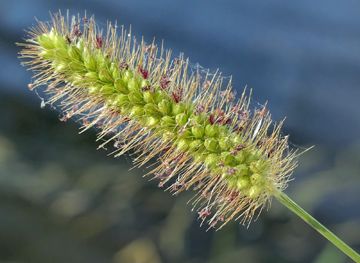
Setaria parviflora (marsh bristlegrass)
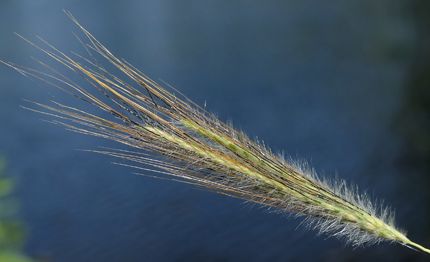
Dichanthium sericeum (silky bluestem)

Juncus diffusissimus (slimpod rush)
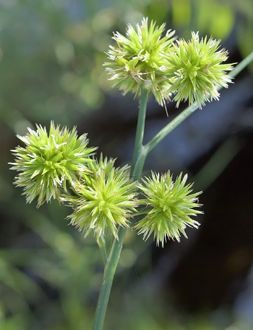
Juncus torreyi (Torrey's rush)
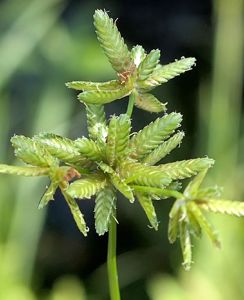
Cyperus ochraceus (pond flatsedge)
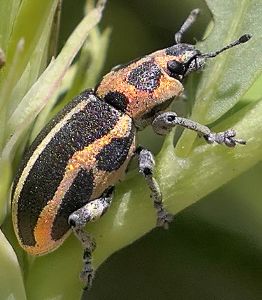
Eudiagogus pulcher (sesbania clown weevil)

Unknown spp. (megachilid bee & blister beetle larvae)
| Even after consulting with an expert, the exact identity of these bees, which are in the family Megachilidae, remains a mystery. The tiny beetle larvae are called triungulins. They are very active hatchlings that attach to the bee and will parasitize its nest. The image at right shows them in a thistle blossom. |
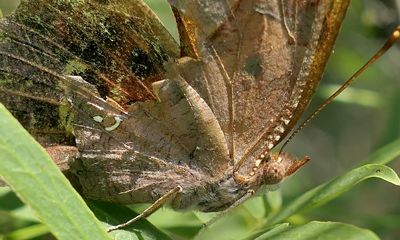
Polygonia interrogationis (question mark)
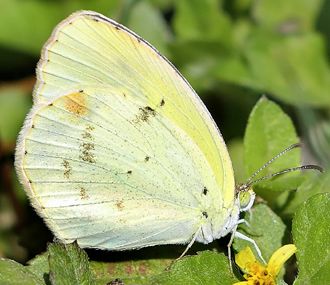
Eurema lisa (little yellow)
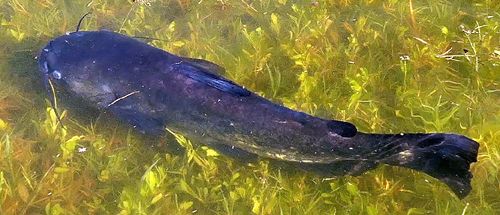
Ameiurus melas (black bullhead)

Trachemys scripta elegans (red-eared slider)
| One of the results of basking in the sun is to reduce plant growth on a turtle's shell. This individual has obviously been doing very little of that, since it even has a tuft of algae growing on the skin of its head! Perhaps it benefits from the camouflage. |

![]()